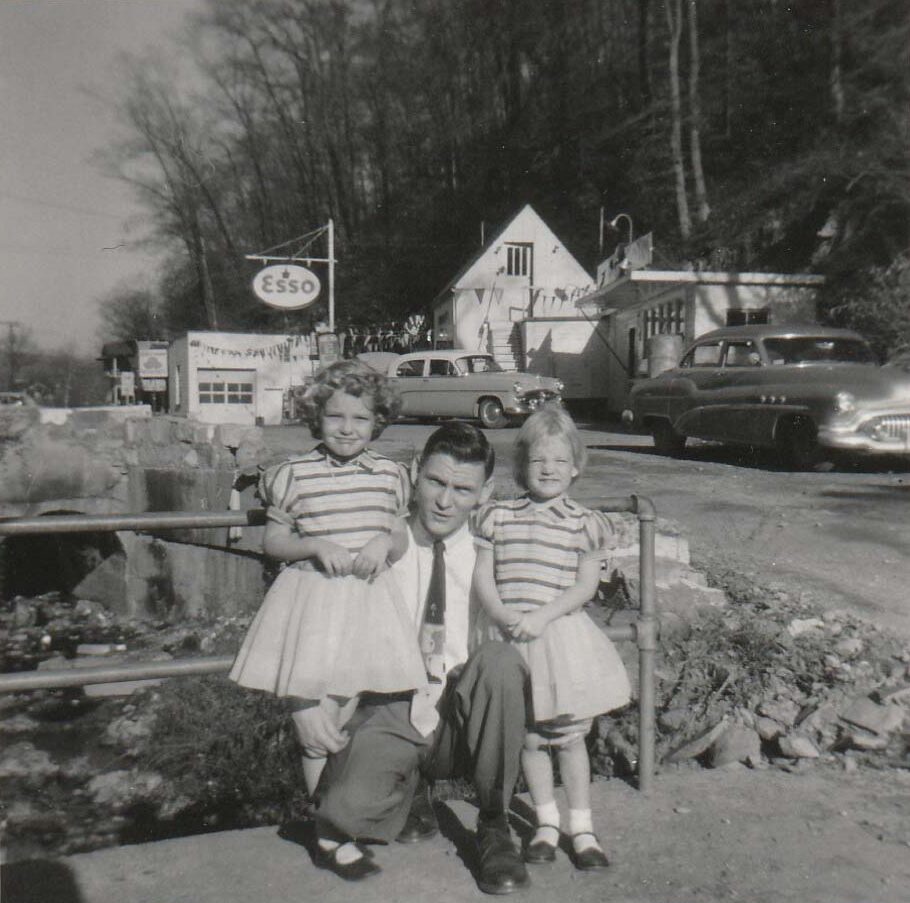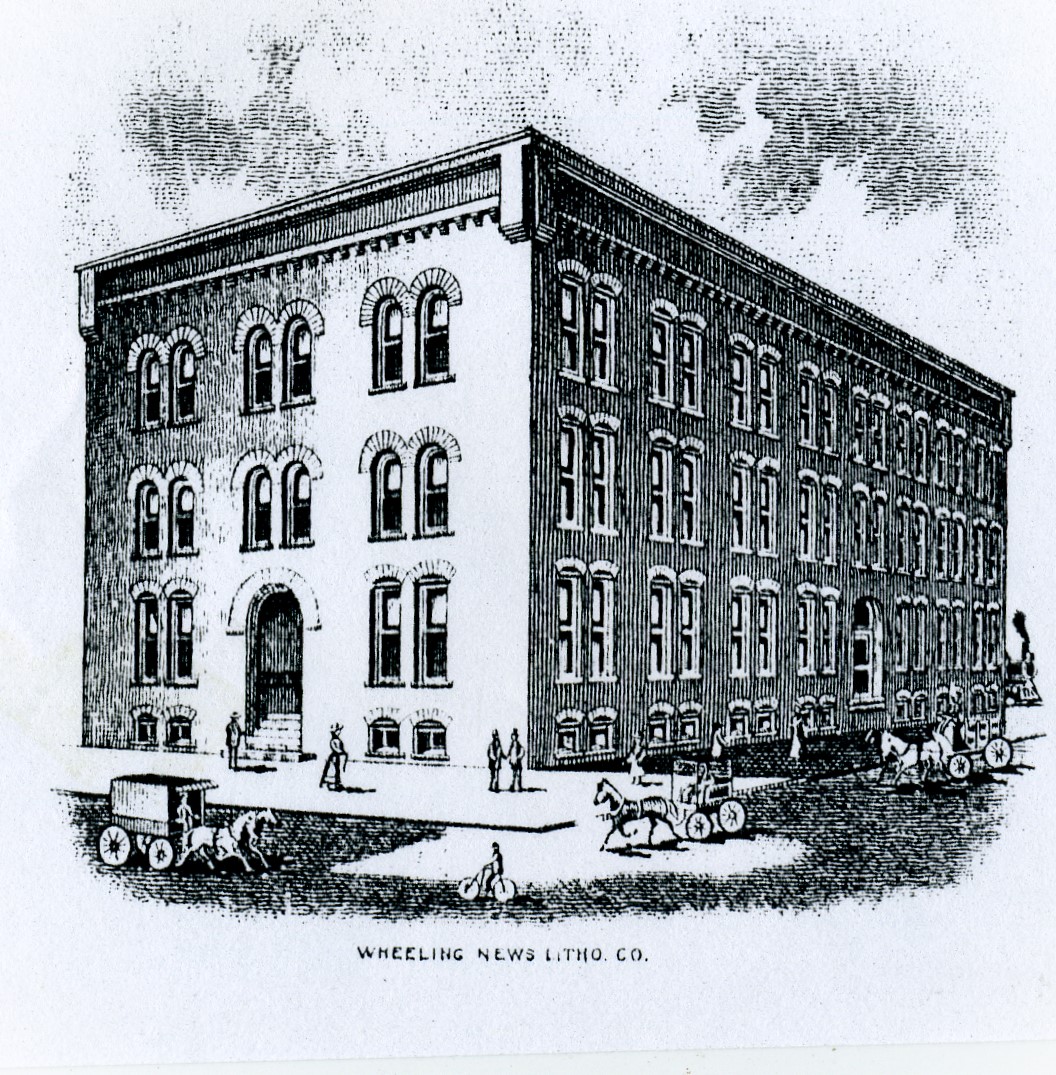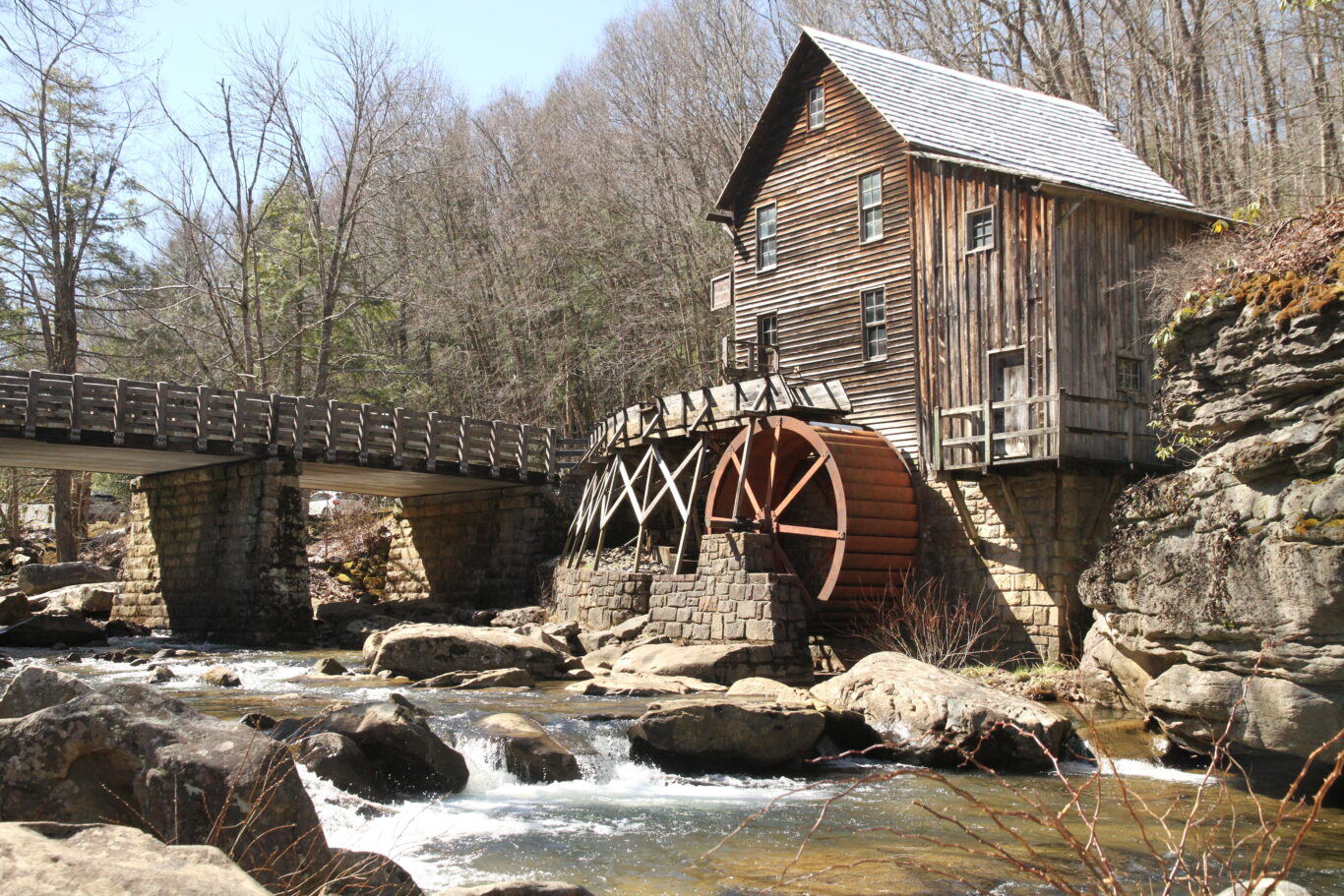By Chris Chanlett
We opened Groundworks Nursery garden center along the Greenbrier River and Route 3 in 1998. Knowing the plastic fallout of the plant business, I figured it was a good time to adopt a couple of miles of highway. The very first thing I picked up was a dollar bill. I considered that a good omen and true to its portent, every pickup since has yielded some item of value, including more money. For most of the fifteen years, we maintained the garden center by the river, our pick-ups also recovered stray labels and containers adrift from our place of business. Now, highway pick-up is the only remaining function of Groundworks Nursery.
The vast majority of litter that highway adopters bag is beverage containers—aluminum, glass, styrofoam, and increasingly, plastic beverage bottles. Various versions of lightweight packaging do a lot to fill the orange bags. I often consider paper products crouching in the ditch line to not even be worth the trouble to gather since they will disappear on their own. Styrofoam is the opposite since it could end up in the river.
When I was a kid, I used to gather reusable pop bottles for pocket change. The drink cost five cents in the vending machine and the bottle was worth two cents upon return. The local bottling plants refilled the glass many times. The current consumer economy rewards novelty and cheapness, so every beverage has its distinct packaging which makes reuse impractical.
While bagging and dragging as vehicles whiz by, I often wonder which items were thrown out intentionally and which were just part of the debris field of the modern economy. To study litter for insight into how we live beats getting angry at those careless folks who trashed the trail. Before plastic packaging, litter per se was not that much of an endless problem. Now waste disposal is its own industry.

“Why do people volunteer to bag other people’s discards while vehicles zoom close by? Some, like Vuolo, just hate the look of litter. He considers it self-defeating. Some businesses want to burnish their reputation. Many folks enjoy performing such visible community service.”
It is well and thankfully known that the more we pick up, the less people litter. When we moved to West Virginia in the mid-70s, trash was everywhere, peppering the highways, dumped wholesale on back roads, and disfiguring the waterways. People have slowly but surely changed. Adopt-a-Highway volunteerism began in Texas in 1986. It quickly spread across the land reaching the Mountain State in 1989 as Secretary of State A. J. Manchin railed, “Let us purge our proud peaks of these jumbled jungles of junkery.” The state began its own cleanups and gave wholehearted support to thousands of volunteers who embraced Manchin’s gauntlet.
As of 2023, some 467 parties involving over 5,000 citizens are on the litter patrol. They removed 467 tons that year—that’s the orange bags seen along the roadways. The state’s Rehabilitation Environmental Action Plan program also worked with 1,584 volunteers to dispose of 194 tons of waterway pollutants including 6,859 tires. These efforts have literally transformed the landscape and achieved a healthier environment. West Virginians are striving to deserve our claim by song to be “almost heaven.” With larger vehicles going faster and faster, one of the biggest problems is tires. West Virginians throw away some quarter of a million rings of rubber a year. Traditionally they were tossed into the back forty and rivers. They are actually the devil to dispose of since the steel belting makes it so difficult to reprocess.
WV claims to have retrieved more than 2 million tires from almost heaven. These days about 200,000 a year are turned into collection sites to be shredded and landfilled in Weston. The state found out the hard way on the Greenbrier River how hard it can be to bury them. The 1985 flood carved a shortcut into the Big Bend of the river seven miles above Hinton. It threatened a few camps. Flood recovery efforts included backfilling the new channel with hundreds of tires and “stabilizing” them. That was fine until in the 1996 flood the river reasserted its claim, rolling hundreds of tires downstream. The Greenbrier River Watershed Association in cooperation with the National Park Service has loaded quite a few rafts with rubber. As moss, lichens, and trees colonize the embedded rings, tire gardens decorate the riparian.
John Vuolo, a scourge on trash in Summers County, has long advocated for a $10 disposal tax on every tire sale to be refunded at the next tire change as well as a bottle bill to incentivize recycling. Those campaigns have failed so far. But his organizing cleared many tons of Big Creek that feeds the Greenbrier and led several other organizations to adopt over six miles. He personally contacted litterers who had inadvertently signed their trash. “For the life of me, I cannot understand why people do this, but I will say now my backroad is much more pleasant to drive these days.” He has turned his commitment onto dilapidated structures.
A typical section of adopted highway stretches two miles and takes about 6-8 volunteer hours to pick up. That is four miles of start and stop walking. The state has created smaller-scale commitments such as Adopt-a-Spot and Adopt-a-Trail. Adopt-a-Stream volunteers do a lot of heavy lifting and coordinate with agencies to finish the job. The state Department of Transportation has been vitally cooperative with providing the supplies and landfilling the catch—that’s the turquoise bags and enormous piles that cannot be bagged. West Virginia taxpayers spend over $1 million a year dealing with castaways, and according to the Department of Transportation, the annual cost of litter control nationwide is $115 million.
Why do people volunteer to bag other people’s discards while vehicles zoom close by? Some, like Vuolo, just hate the look of litter. He considers it self-defeating. Some businesses want to burnish their reputation. Many folks enjoy performing such visible community service. Whatever the motive, the practice is contagious and makes some drivers more thoughtful.

Jason Garretson of Kanawha County must be the greatest proselytizer of de-litterers in West Virginia. In his vicinity, no piece of trash can kick back in repose. As Mr. Litter-Getter he organizes offensives onto major dumps and the perpetual pick up of party places. He rewards his helpers with t-shirts with slogans like “Be like Mothman, Leave No Trace.” His Facebook page #westvirginialittergetter presents a gallery of before-and-after actions. It resounds with inspirations such as “I mean what an impact we have had. I’m not sure y’all get the recognition you should but Mr. Litter Getter loves it…. I swear I wish I could give more love to you that love West Virginia like me.”
Noel McCutchan of Ritchie County is one of a handful of volunteers who have served since the program began in 1989. She was an eight-year-old in Highland School Hawks Conservation Club (couldn’t do that anymore, Noel, got to be twelve now to pick up). If there was a Litter Busters Hall of Fame (which of course there ought to be), that club would be a shoo-in on the first ballot. The club was one of the first to join the program. In 34 years, the young people have removed over twenty tons of trash and recyclables. Plus, this independent school has built and maintained a roadside park that is not even under an Adopt-a-Spot contract. McCutchan strongly believes that pushing the boulder uphill for decades has reduced litter as “people understand better the effect of litter on the landscape and themselves.”
Volunteers like the Hawks have watched the litter evolve from primarily glass and metal to plastics. A new fast food establishment in Ritchie County sprouted a fresh fallout. The quest for a trash-free landscape may be a pipe dream as the consumer economy constantly invents more lightweight packaging and single-use products. Very little plastic is actually “recycled.” This trend has turned the twenty-first century into a science experiment on how these chemicals will affect all living creatures.
What can be called success in the litter battle? To state Adopt-a-Highway and Rehabilitation Environmental Action Plan administrators it would be a steady decline in the amount of trash picked up per mile. While thousands of dumps have been cleared, thousands remain—in active use. Since highways and rivers are cleaner, in some ways the image has changed more than the underlying reality. We are barely keeping up with the generation of wanton waste from our economy.
Groundworks Nursery will pick up a couple of miles along Route 3 and the Greenbrier River as long as we are able. We find good exercise to glean junk from the roadside and see it from the pedestrian point of view. Afterwards we get a little while to enjoy the cleansed byway. The cliffs, the wildflowers, and the river stand out stronger. And a few less folks trash it.

CHRIS CHANLETT
Chanlett, Chris. “With Adopt-a-Highway, the Litter Stops Here.” Goldenseal West Virginia Traditional Life, Spring 2025. https://goldenseal.wvculture.org/with-adopt-a-highway-the-litter-stops-here/




